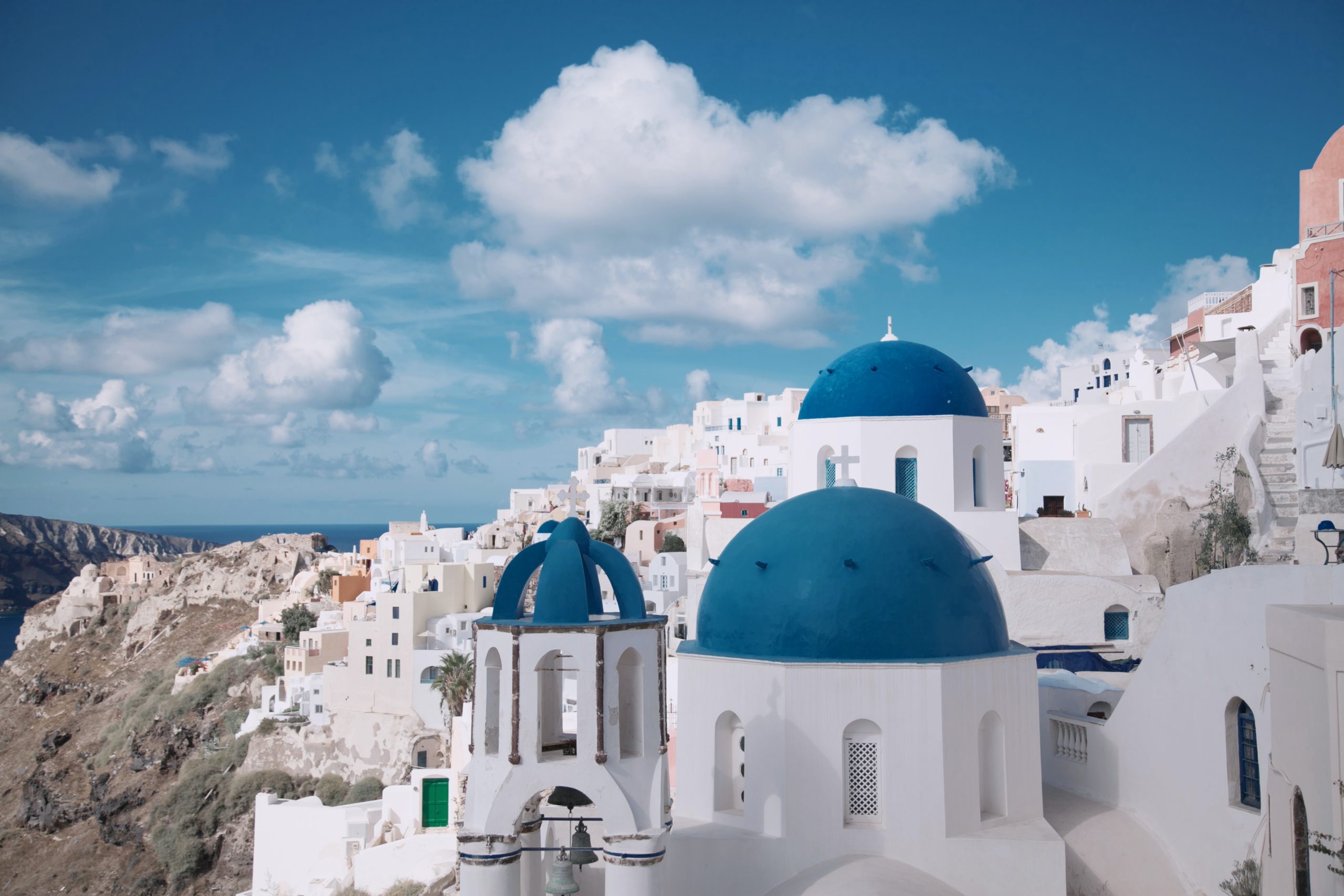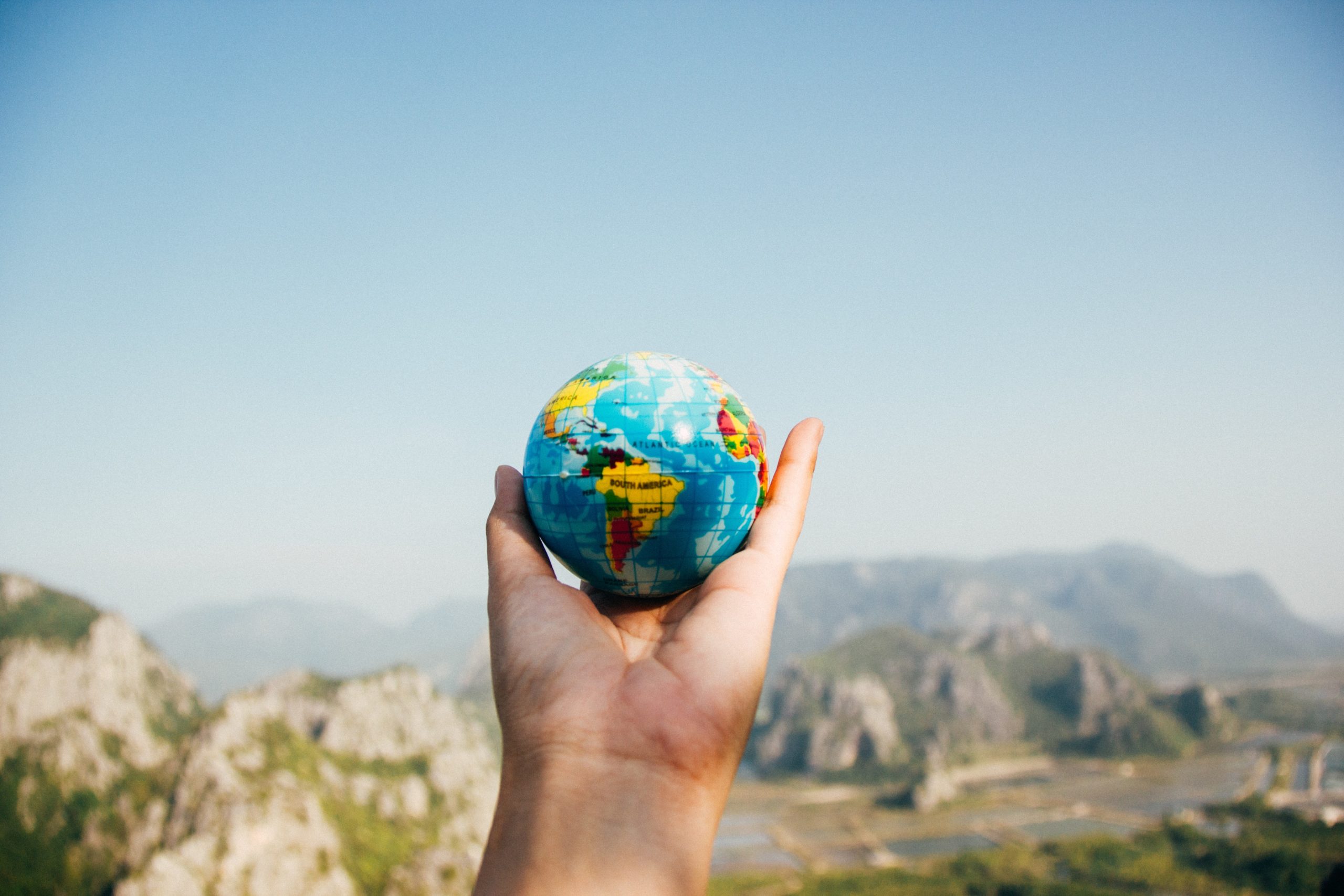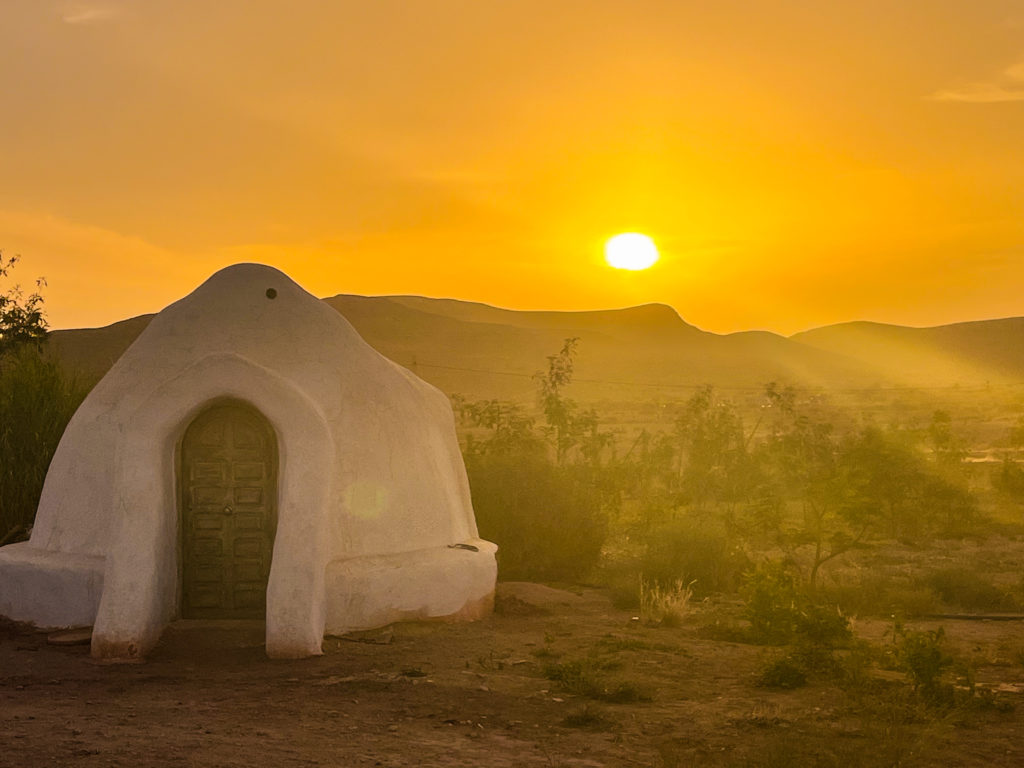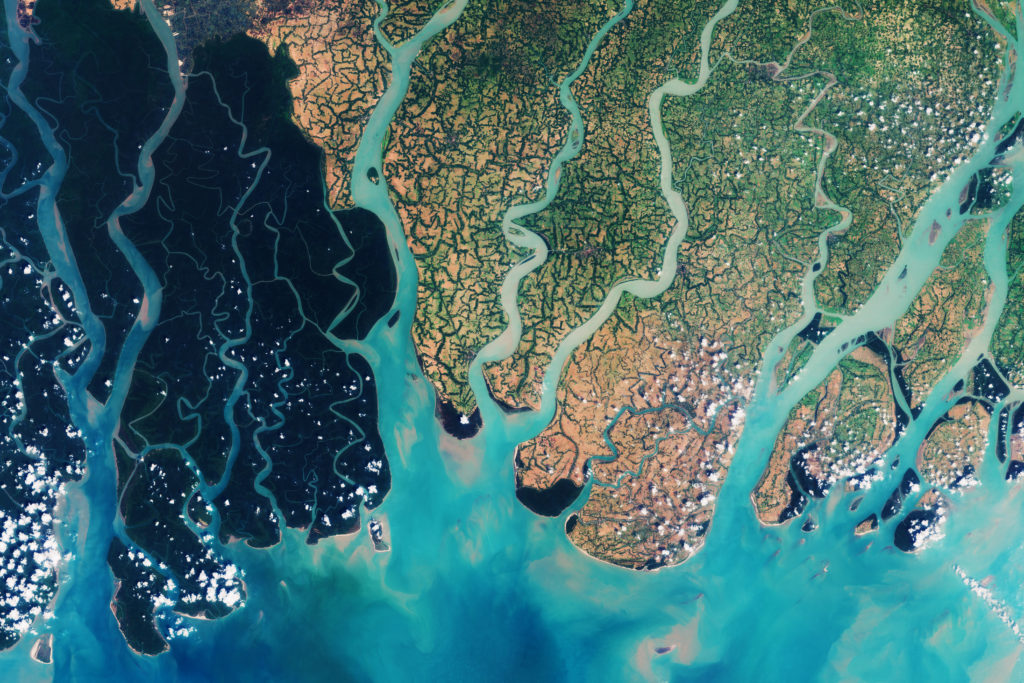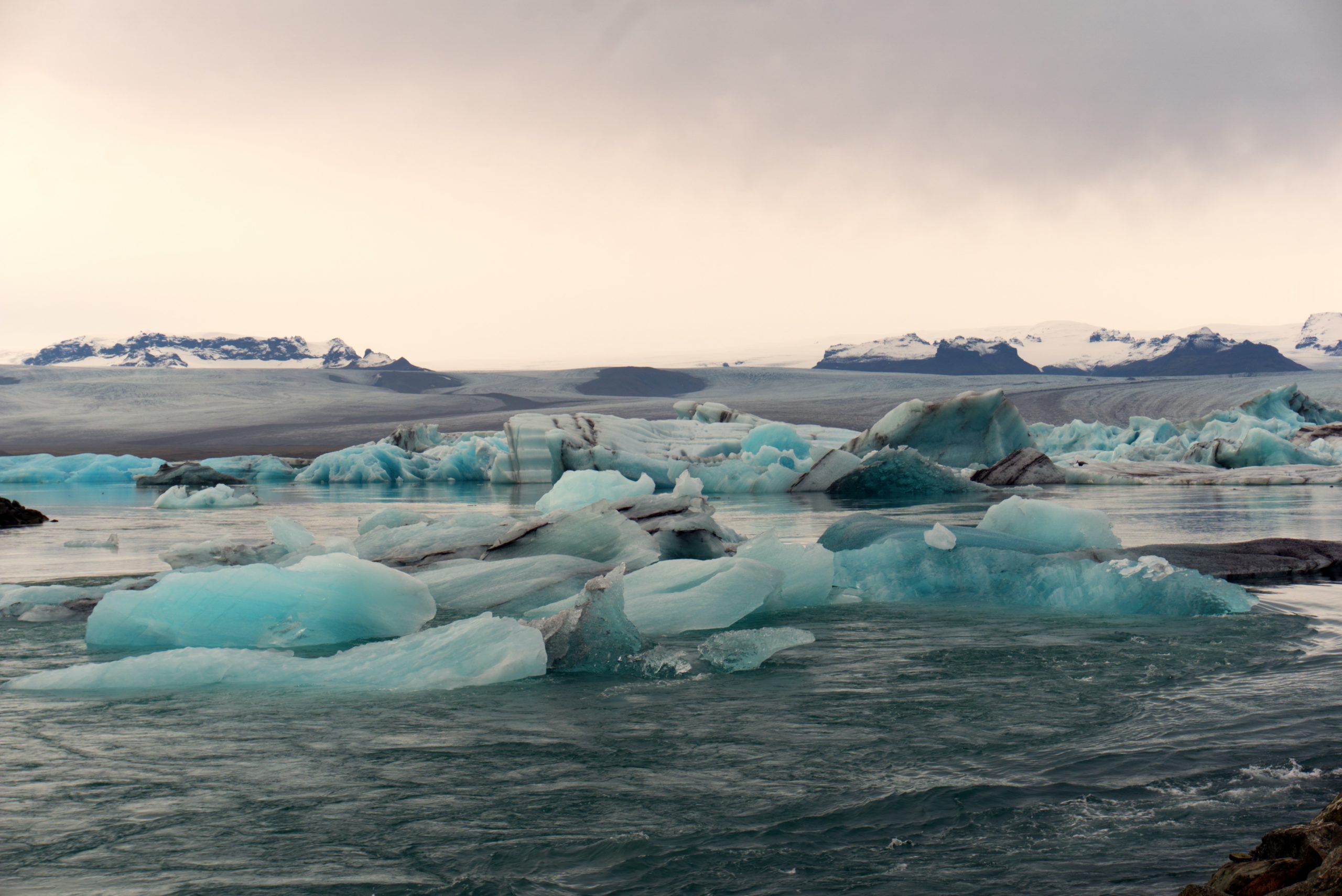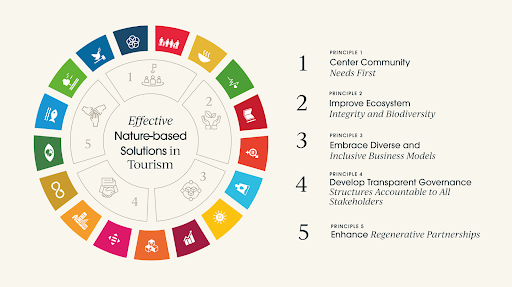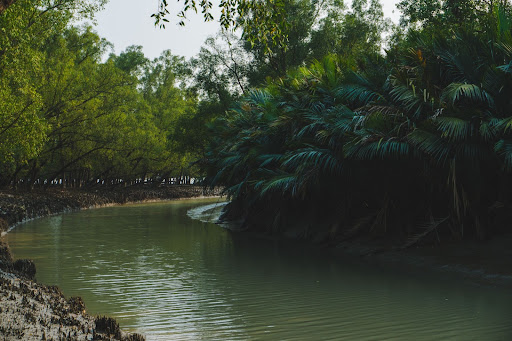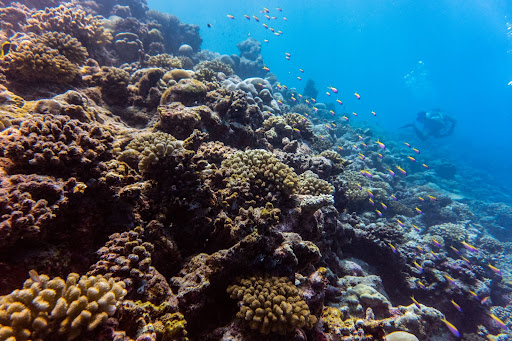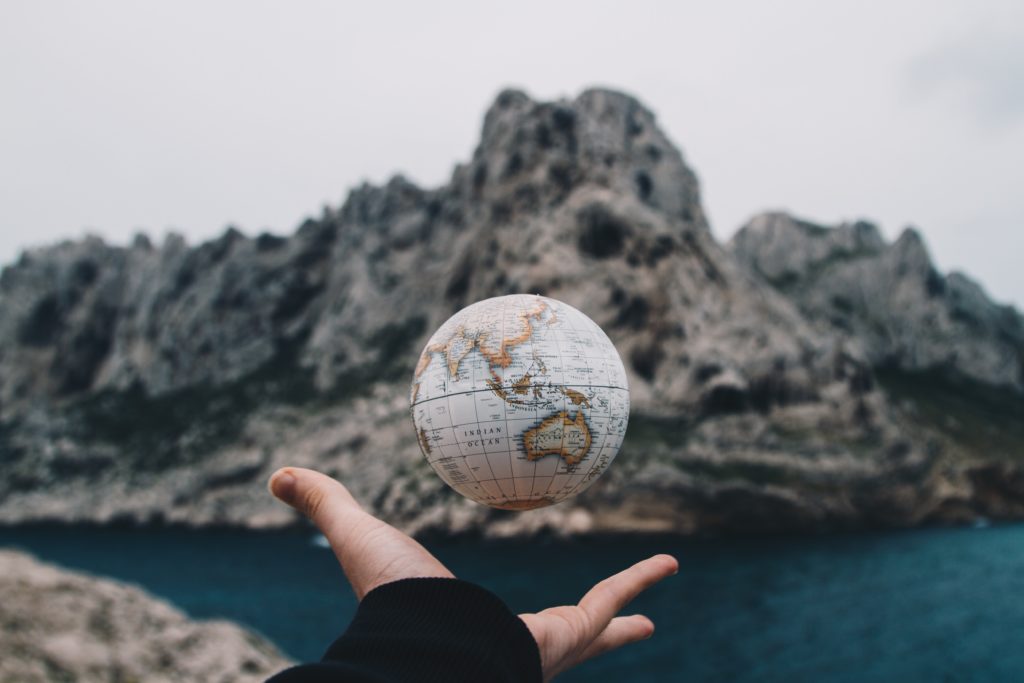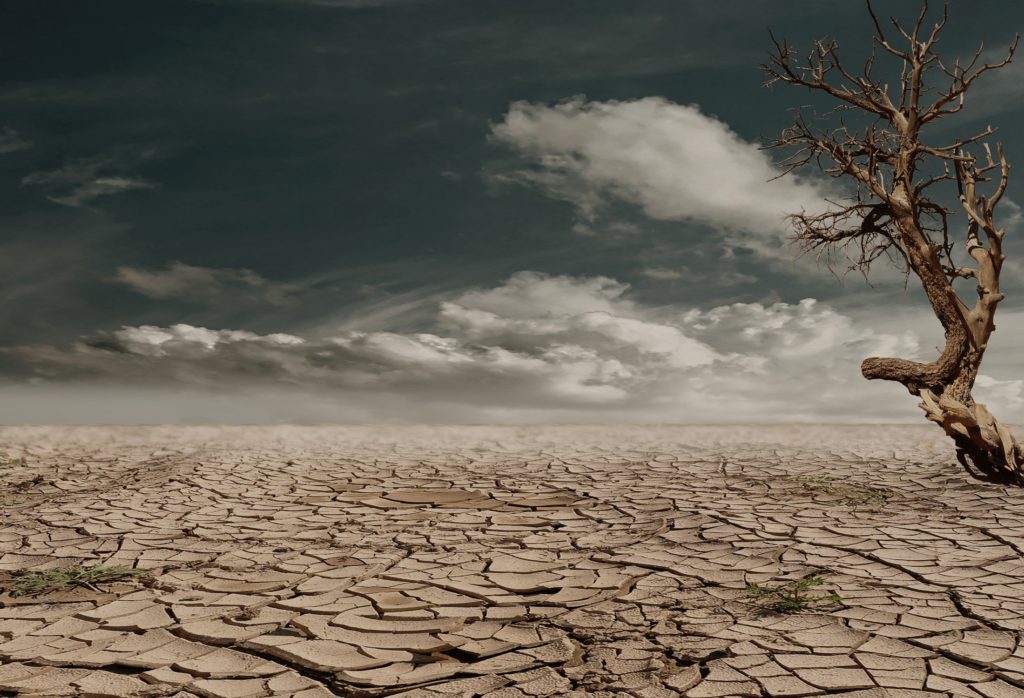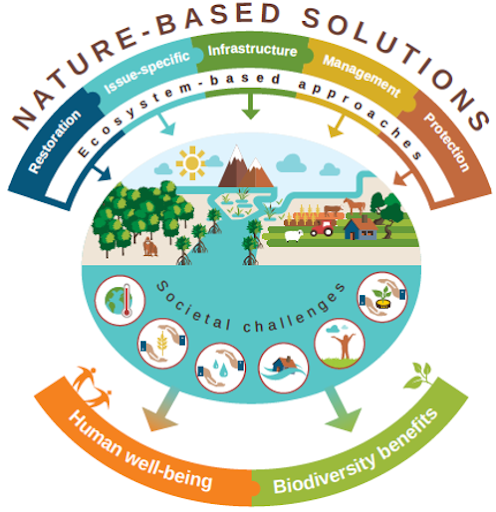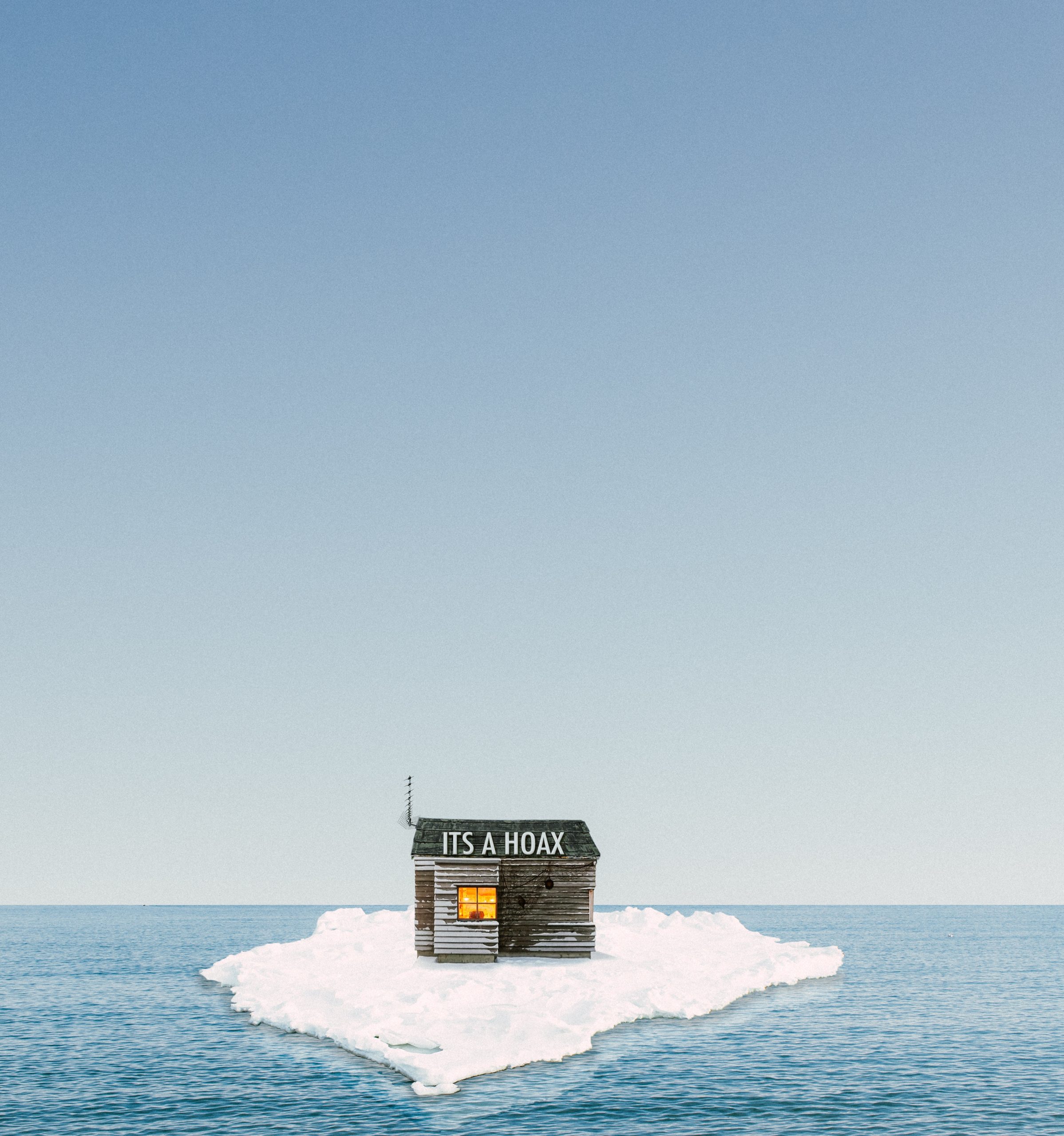As one of the most powerful industries in the world, tourism has a great potential to become a force for good when driving economic and social development. However, this can only be achieved by appropriate planning – and with so many different types of tourism, it can sometimes be hard to accomplish. This article is about the main types of tourism that Solimar supports – sustainable, regenerative, geo- and ecotourism. While their definitions may overlap, here are their definitions and reasons that make them significant to the industry.

1. Sustainable tourism
What is sustainable tourism?
Many definitions of sustainable tourism exist, but at its simplest – it is an umbrella term describing tourism that aims to minimize the negative impacts of the industry’s activities. According to the World Tourism Organization, “sustainable tourism takes full account of its current and future economic, social and environmental aspects, addressing the needs of visitors, the industry, the environment and host communities”.
Tourism can take a great toll on the environment, especially in fragile places such as marine ecosystems or coasts. However, the lives of local people can be disturbed too, with over tourism and gentrification becoming growing phenomena. Moreover, sustainable tourism is also about the economic development of destinations. This can be, unfortunately, suppressed by economic leakages, which means that revenues generated by tourism are not used for the destination improvement; instead, the international multi-chain companies use them solely to gain profit. Sustainable tourism aims to ensure the aforementioned aspects are prevented, so that tourism can become an actual force for good.
Is sustainable tourism even possible?
Despite some challenges, tourism has the power to be sustainable – and this can be achieved by so many different initiatives!
First of all, community-based tourism can be implemented to limit the negative impacts of tourism on the livelihoods of local communities. This type of tourism falls under the term of “sustainable tourism” and aims to highlight the importance of host communities in tourism planning by using a bottom-up approach. Tourism can also be used as a tool to support conservation, which covers wildlife, cultural and environmental types of preservation. As tourists, we can have a great influence on conservation efforts by choosing and supporting the right organizations.
Sustainable tourism is about making decisions that have a positive influence on destinations, and it is a responsibility of all the industry’s stakeholders, including visitors, hotel managers, supply chains, local or national governments. Therefore, collaborating is crucial to maintain the sustainable tourism development.
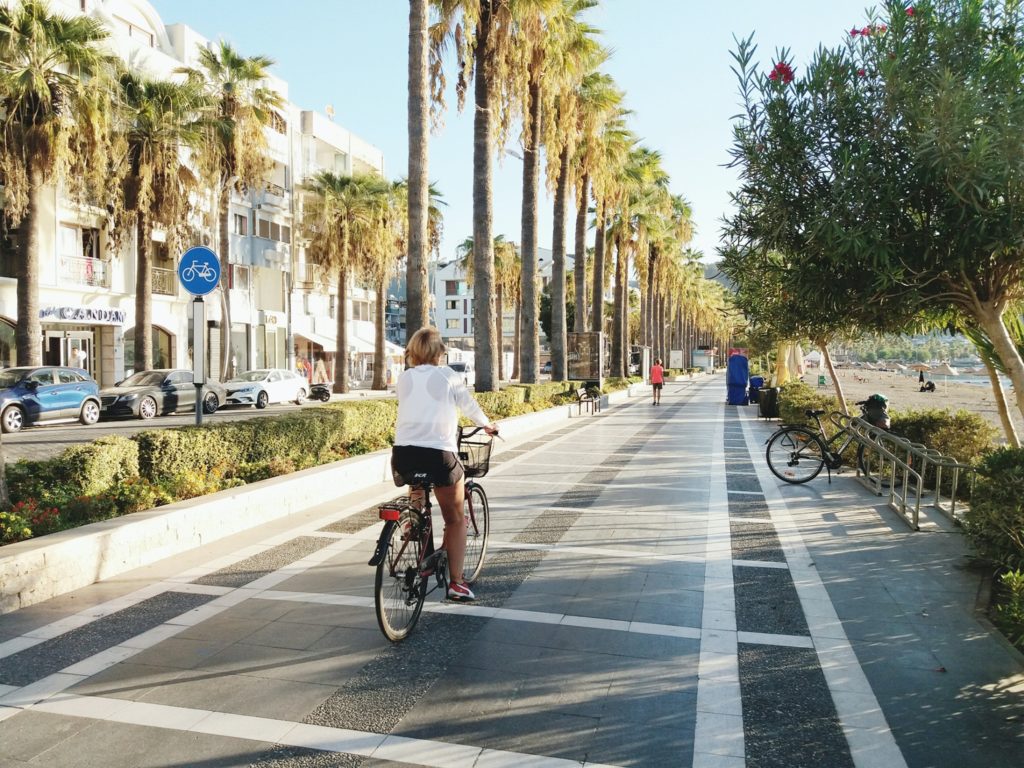
2. Regenerative tourism
What is regenerative tourism?
While sustainable tourism ensures that visited places are preserved for the future generations, regenerative tourism takes a step further. This newly emerging approach seeks to go beyond not causing harm when traveling, but rather strives for a “leave it better than you found it” approach. This requires a more holistic mindset that makes travel experiences connected with nature and local communities. Regenerative travel is travel that actually contributes to restoration and revitalization.
Regenerative tourism builds its foundation on nature-based solutions, which are actions that “manage, protect, and restore nature”. These practical solutions need to be implemented to protect and rebuild ecosystems and communities. Regenerative models emphasize creating value for the communities, which can only be achieved when tourism is recognized as an interrelated living system in which local knowledge is integrated.
Why is regenerative tourism important? Is it an effective type of tourism?
Given the rapidly growing climate crisis, there is a need for more resilient frameworks and systems that result in the actual regeneration of communities and ecosystems. Many adverse changes stemming from global warming are irreversible – therefore, sustaining the environment is no longer enough. Climate change should be addressed by action and regeneration. Regenerative tourism is often referred to as a paradigm shift that should become the only way forward.
What are the examples of regenerative tourism?
Regenerative Travel is a cutting-edge example of how tourism can support regeneration. It is a platform and community for boutique eco-hotels that share a common vision of creating positive social and environmental impacts for local people and their surroundings. Regenerative Travel supports its members with continual evaluation and provides knowledge of the best sustainable practices to ensure greenwashing is avoided at all times.
Regenerative tourism already exists in many indigenous-owned companies. Seeking regeneration is already rooted in their way of thinking, as they deeply care about the environment and possess the essential knowledge that positively impacts the land and local communities. There is so much to learn from the Native tribes, as they are the ones that live in a deep connection with our planet.
To learn more about the practical examples of regenerative tourism, read the latest white paper published by our Director of Conservation & Community Development – Chloe King, who worked alongside Regenerative Travel and The Long Run on this outstanding research project.
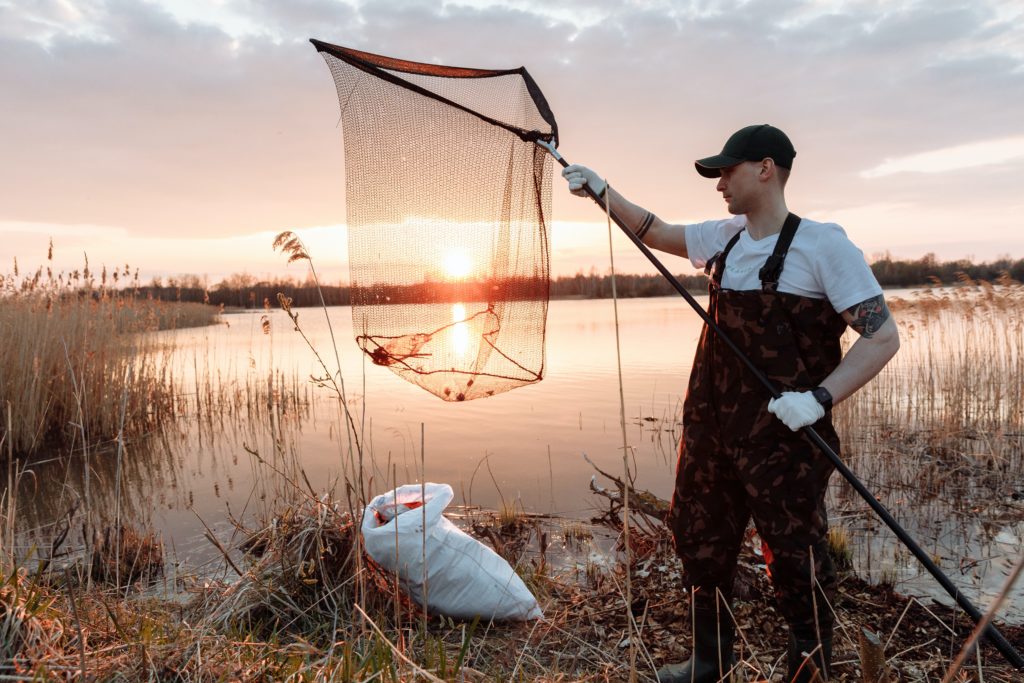
3. Geotourism
What is the definition of Geotourism?
The definition of Geotourism was coined by National Geographic and it describes tourism as a force capable of enhancing and sustaining the geographical character of a place including its environment, culture, aesthetics, heritage, and locals’ well-being. . It clearly shares few of the aspects of sustainable tourism, but differently from it, Geotourism is not considered a niche market. In fact, according to a study published by the Travel Industry Association of America in 2003, American travelers had already embraced geotourism before the concept and practice of sustainable tourism became of global importance.
Geotourism principles
As we mentioned, geotourism includes some elements of sustainable tourism, but how is it possible to identify one type of tourism from another? National Geographic thought of that and established the three key principles of geotourism.
- Principle 1: Environmental responsibility – Geotourism focuses on appreciating, protecting and maintaining natural resources and biodiversity.
- Principle 2: Cultural responsibility – Geotourism aims to preserve and enhance the local communities’ heritage, traditions and culture.
- Principle 3: Synergy
The third principle determines how geotourism can be achievable: with synergy. In other words, it is vital that all the geographical characteristics of a place are combined to create a diverse, rich and fulfilling travel experience for different types of travelers.
Geotourism destination example: Lewis and Clark National Historic Trail (USA)
A great example of geotourism is the Lewis and Clark National Historic Trail linked to the historic expedition of Lewis and Clark. The route of the trail is a part of the National Trails System of the United States. It extends for 7,900 km crossing 16 states- from Pennsylvania to Oregon. The Lewis and Clark trail offers travelers the opportunity to retrace the explorers’ steps through spectacular landscapes and to learn about interesting history and the unique culture of each town that is along the route.
Solimar International has been working on the Lewis and Clark National Historic Trail project since 2016 to improve the connection among the services and tourists’ products available along the route and to make them easily accessible to visitors. Solimar helped to launch the website Lewis and Clark Travel, where the local stakeholders can advertise their business to visitors. Navigating through the website is simple and there is an interactive map which facilitates the visitors’ search through areas of interest on the trail!

4. Ecotourism
What is ecotourism?
Ecotourism aims to reduce the negative impacts of tourism and it is in line with the environmental concerns of the sustainable tourism practice. This niche market is becoming more and more popular among travelers as a sustainable substitute to mass tourism.
Type of tourism definition: ecotourism
The International Ecotourism Society defines ecotourism as the responsible way to travel to natural areas. Ecotourism is important as it involves conservation, interpretation and education of such environments, as well as aiming to sustain the well-being of the local people. Ecotourism is a nature-based form of tourism practiced by tourists interested in experiencing nature and appreciating the traditional cultures established in those natural areas.
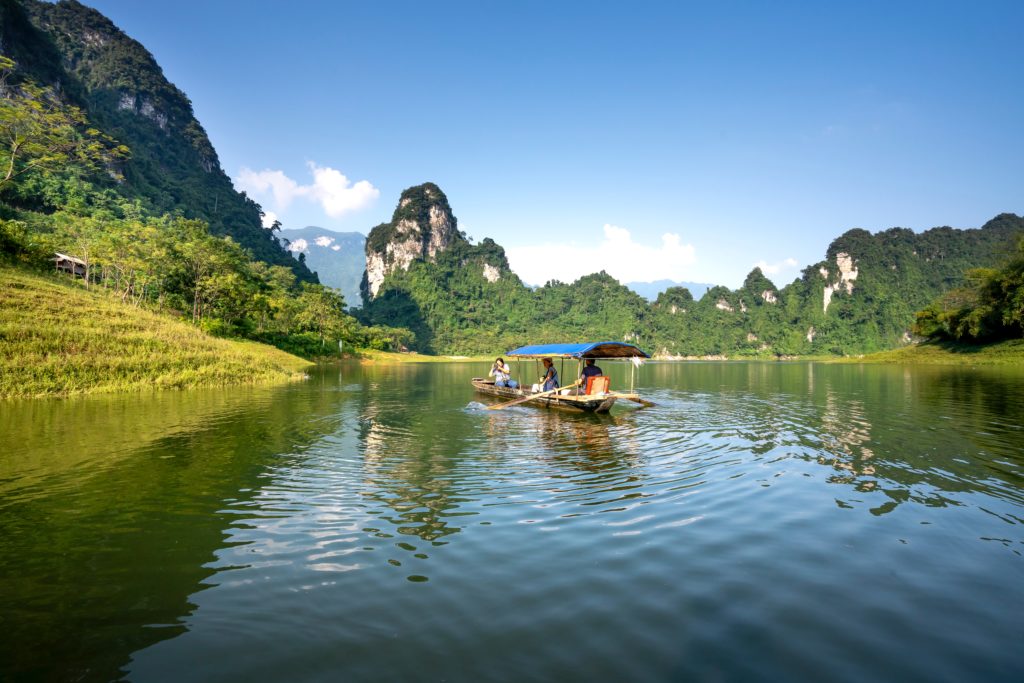
Why is ecotourism important?
To better understand what ecotourism is , what it offers and why it is important, we will briefly go through the main benefits of this practice.
- Increase environmental awareness: Tourists and local communities engaging in ecotourism activities become more aware of a range of environmental issues such as global warming, loss of natural resources and endangerment of wild species.
- Preservation of the environment for future generations: As a result of the positive implications of ecotourism activities in certain areas, many environments can be protected and preserved for future generations.
- Boost cross-cultural knowledge: Tourists participating in ecotourism have the opportunity to experience native communities closely, learn more about their culture and appreciate their traditions.
- Support the local economy: In most cases, ecotourism is practiced in remote areas, where the local population does not have many job opportunities. This form of tourism can contribute to reducing poverty by creating job opportunities for the locals and generating revenues to re-invest and to improve the locals’ quality of life.

Ecotourism destination example: Liberia
Liberia is home to the Upper Guinean Rainforest, and its ecosystems contain the highest levels of biodiversity in the region. Ecotourism practices would preserve the environment and the endangered species of this area and reduce the threats such as poaching and deforestation. Additionally, ecotourism would create opportunities for sustainable local economic growth. Solimar has been working on a 5-year conservation project in the country to assist all the local activities in order to establish ecotourism. Solimar aims to develop an inclusive, multi-sectoral approach that engages communities in the management of protected areas, enabling them to be capable of conserving Liberia’s rich biodiversity and ensuring sustainable long-term economic growth.
So, what is the best type of tourism?
While there is no definite answer on which type of tourism is the best one, there’s one thing we know for sure: tourism is best when it uses its power to generate positive impacts on the environment, local people, and the local economy of the destinations.
Interested in learning more about these types of tourism? Keep up with Solimar and our new projects- don’t forget to like us on Facebook and LinkedIn!
Blog by Veronica Santapa and Izabela Soja
